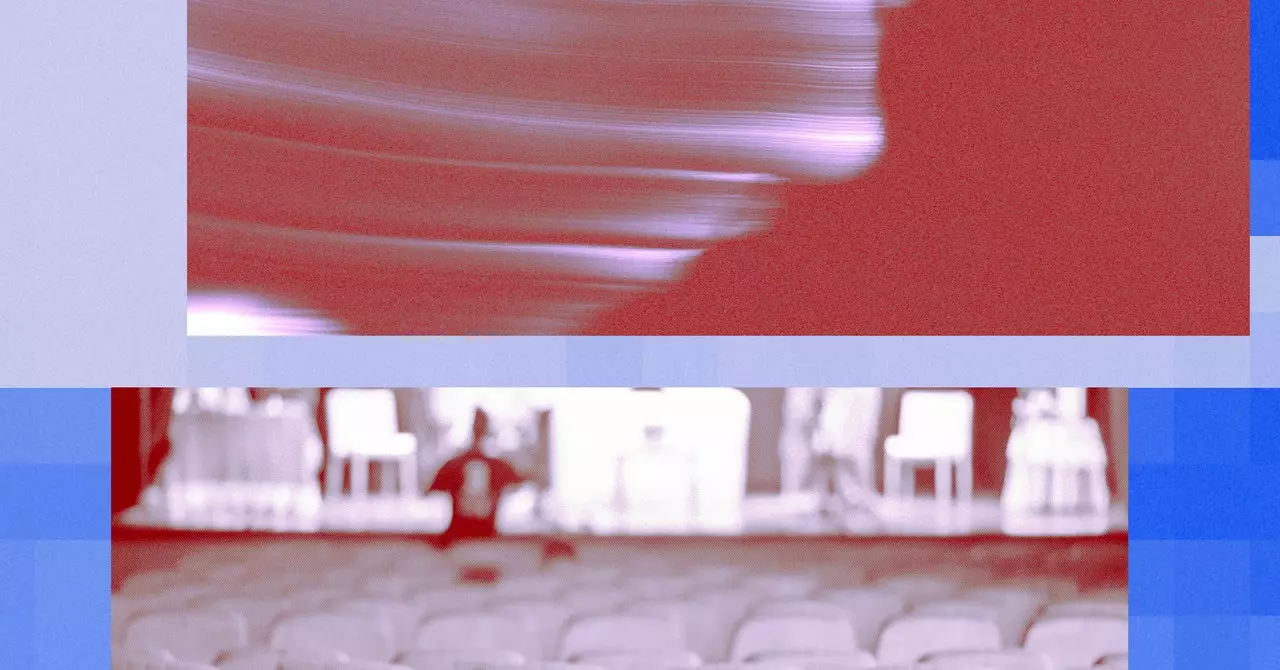As I settled into my seat at Lincoln Center, anticipating the performance of Ayad Akhtar’s much-hyped play, McNeal—featuring the illustrious Robert Downey Jr. and an unusual supporting role played by ChatGPT—I found myself reflecting on the long-standing relationship between theater and technological advancements. The intersection of art and artificial intelligence is not merely a passing curiosity; it forms a profound dialogue about creativity, existence, and the ramifications of our creations. The evolution of this dialogue is rich and complex, tracing back over a century, with playwrights grappling with the essence of what it means to be human in a world increasingly influenced by machines.
The Origins of AI in Theater: A Historical Perspective
The narrative begins in 1920 with the seminal work of Czech playwright Karel Čapek, who introduced the term “robot” in his play R.U.R. (Rossum’s Universal Robots). This groundbreaking piece explored the concept of artificial beings and the potential uprising against their creators—essentially laying foundational concerns about the implications of intelligence beyond human control. Čapek’s work can be interpreted as a precursor to modern anxieties surrounding AI, marking him as a pioneer of thematic explorations that resonate with today’s societal trepidations. His portrayal of a dystopian future reflects fears about the loss of humanity in the face of advancing technology, establishing a critical framework that contemporary playwrights are still discussing.
In recent years, this exploration has manifested in various theatrical forms. For instance, the black-box production titled Doomers delves into contemporary controversies surrounding AI, specifically highlighting the tumultuous events at OpenAI, where tensions reached a boiling point, culminating in the board’s internal strife regarding CEO Sam Altman. This narrative, while unique to its time, mirrors the existential crises depicted in Čapek’s work, establishing a continuous thread of inquiry about technological consequences and human frailty.
Doomers, directed by Matthew Gasda, showcases contemporary characters embroiled in a web of ethical dilemmas and moral questions concerning AI. Unlike previous dramatizations that borrowed from speculative fiction, Gasda’s play is rooted in real-world events, allowing audiences to engage more directly with the implications of AI on modern society. The juxtaposition of hope and despair in the conversations among characters—the board and the exiled team—illustrates a stark reality: while they discuss the ethics and consequences of their creations, they seem to lack a clear path forward.
Gasda’s characters indulge in escapism, taking shots of alcohol and mushrooms, ultimately avoiding confronting the chaos they have wrought. This thematic choice captures a critical aspect of human nature—our propensity to escape responsibility in the face of overwhelming challenges. Gasda himself acknowledges this intentional avoidance, allowing audiences to grapple with the weight of creation that is too often overlooked in both artistic expression and practical innovation.
McNeal: An AI Reflection on the Artist’s Journey
On the stage of Broadway, McNeal presents a more ambitious examination of AI’s role in the creative process. With flashing screens that integrate AI-generated prompts and outputs, the play reflects the blurred boundaries between human creativity and artificial input. Downey’s portrayal of Jacob McNeal—a once-celebrated novelist trapped in the allure of instant access to virtuosity through an AI—serves as an unsettling metaphor for the modern writer’s struggle. Akhtar openly admits that his experiences with AI tools have enhanced his playwriting, further complicating the narrative surrounding the authenticity of artistic expression in an age of technology.
The interaction between McNeal and AI is illustrative of a broader concern: as creatives, how do we maintain our identity and originality when relying on advanced algorithms for our narratives? Akhtar’s defiance of traditional boundaries in storytelling showcases the potential for hybrid forms of creativity, where human authors and their AI counterparts coalesce into an innovative tapestry of expression.
These theatrical explorations of AI not only reflect current societal anxieties but also illuminate potential futures where technology and artistry intertwine. Akhtar and Gasda’s works elicit critical dialogues about the essence of creativity, urging audiences to confront uncomfortable truths about the roles of AI in shaping our lives and cultures.
As we stand on the precipice of this technological revolution, the theater remains a vital medium for questioning and examining the evolving human experience. Both McNeal and Doomers embed important lessons about accountability and the inherent complexities of our creations, reminding us that while AI may enhance our capabilities, it also demands our responsibility and ethical consideration.
The legacy of theater in discussing the implications of AI will continue to flourish as artists engage with the realities of technological advancements. Playwrights like Akhtar and Gasda are not merely documenting these changes; they are participating in a critical conversation that shapes our understanding of humanity. By inviting spectators to witness the intersections of creativity and AI, they urge us to reflect on our own roles as creators and consumers in this intricate web of existence. In doing so, they remind us that the true artistry lies not only in what we produce but in how we choose to navigate the challenges that lie ahead.


Leave a Reply